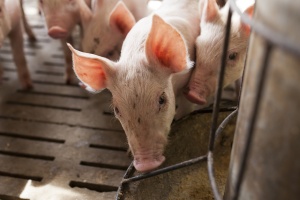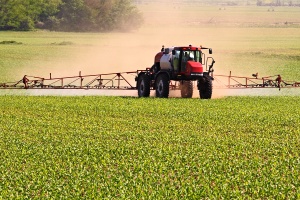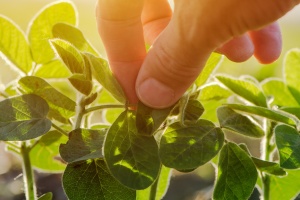What does it take to run a sustainable dairy farm?
Dairy farming is more than just milking cows. For dairy farmers, a cow’s comfort and health is very important to their overall sustainability efforts because healthy and well-treated animals produce high-quality, wholesome dairy foods. When it comes to animal care, nutritious diets, healthy living conditions and good veterinary care are practices routinely used by all farmers to keep their herds healthy. In addition, dairy farmers and the dairy community have created FARM (Farmers Assuring Responsible Management), a nationwide, verifiable animal well-being program that brings consistency and uniformity to on-farm animal care practices.
Speaking of sustainability, dairy farmers are conservationists and use a variety of recycling practices so that they use as little water and energy as possible in the daily management of their farms. They rely on scientific advancements and on-farm sensibilities to look for new ways to be sustainable.
Examples of sustainable farming practices include:
- Crop rotation to mitigate weeds and improve soil quality
- Spreading natural manure onto the soil, reducing the amount of commercial fertilizers needed
- The introduction of beneficial insects to control harmful pests
- No-tillage or reduced tillage crop farming for soil health and fuel conservation
- The use of new products with enhanced environmental benefits
But it’s not just the farmer making the effort – cows are also the original recycler. The bulk of their diet includes by-products that humans can’t digest. In fact, 75% of a cow’s diet is not consumable by humans. Cows have four stomachs which means they can recycle food people can’t eat, such as citrus pulp and cottonseed.
Originally posted by Midwest Dairy Association.









0 Comments